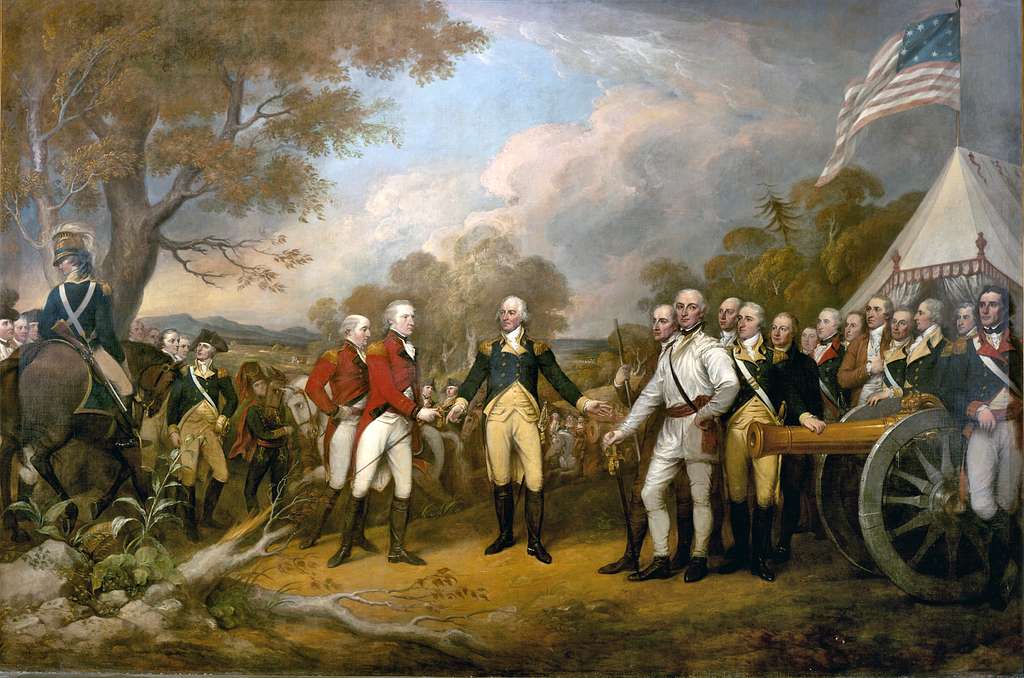
Gen. Burgoyne’s surrender at Saratoga, October 1777.
This article is the last – for now – about the Revolutionary War’s effects on central Kennebec Valley towns. It again covers towns not on the river.
As previously mentioned, one effect was a post-war population increase throughout the valley, including veterans, most with families. Some of these men and their descendants became prominent in their new towns, shaping growth and development.
Missing from the historical record, at least as your writer has found so far, is all but bits and pieces of information on how the war affected its veterans. Occasionally there is a reference to a physical disability that could have been war-related.
Surely men in the 1780s suffered the equivalent of PTSD; how was it manifested, and what if anything was done about it?
When a group of veterans gathered on the porch of the general store on a warm summer day, did they one-up each other with war stories? Or was the subject forbidden?
Did a Maine veteran enjoy hunting, because he’d become an expert shot? Or was firing a gun to be avoided, because it brought back unpleasant memories?
* * * * * *
Revolutionary veteran William Halloway or Holloway is buried in Windsor, where he lived for at least some of his last 40-plus years. He was born June 18, 1747, in Bridgewater, Massachusetts; there he married Mary Molly Trask (born May 1, 1756) on June 23, 1773.
An on-line Daughters of the American Revolution site says in 1775, he bought land on a lake in Hallowell, “perhaps intending to trade in furs and timber.”
The DAR writer surmised that he changed his plans in reaction to the beginning of the war in April 1775. Another site says he enlisted in Bridgewater; the DAR writer said he sold his Hallowell land “in January 1777, while on furlough from the army.”
The website shows his hand-written pension application, in which he says he enlisted in the Massachusetts line as a private for a year in January 1776, and again for three years in the Continental service beginning in January 1777. The DAR record says he was promoted to corporal and sergeant in the Massachusetts line.
Just before his second term ended, Halloway enlisted yet again for the duration of the war. In 1782, he fell ill and was hospitalized for almost a year; then he was furloughed and sent home.
Halloway wrote that he served in “the taking of Burgoyne” at Saratoga, New York, in October 1777, and in the Battle of Monmouth, New Jersey, in June 1778, and wintered at Valley Forge.
The application is undated, but Halloway wrote that he was 71 years old, making it around 1818. He was then living in Malta, Windsor’s name from 1809 to 1820.
The DAR site says the Halloways had four sons and three daughters. The writer added that oldest son, Seth, was born “the year he left for war” (another site says 1773) and the second son, John, seven years later (Oct. 1, 1780), “bespeaking the long absence he endured from his wife and home.”
Three of the last four children were reportedly born in Maine, two in Hallowell and the last-born, Lydia, in Windsor in 1789.
Halloway died April 17, 1831, and Mary died August 11, 1844, both in Windsor.
* * * * * *
Oliver Pullen, born Oct. 17, 1759, in Attleborough, Massachusetts, was living in Palermo in 1836 (or 1835; the documents on line seem inconsistent, with a decision dated before the application was filed), when he applied for a land grant under the 1835 state law intended to benefit Revolutionary War veterans.
In his application, he said he enlisted from Attleborough in January, 1776, in a Rhode Island regiment in the continental army. He was honorably discharged in Fishkill, New York, at the end of December 1776.
In June 1777, he said, he re-enlisted as a private in the same regiment, for three years. Again, he wrote, he served the full term and took his “final and honorable discharge” July 24, 1780, near Morristown, New Jersey.
Summarizing his military service, Pullen wrote that he “was at the retreat under General [John] Sullivan from Long Island and at the battles at Long Island [August 1776] and White Plains [October 1776].” The inscription on his gravestone in Palermo’s Greeley Corner Cemetery Old says he served in Colonel Henry Sherman’s regiment.
(Palermo has two Greeley Corner cemeteries close together on Route 3, opposite the Second Baptist Church, where on-line maps show the intersection of Route 3 and Sidney Road. Find a Grave calls them “Old” and “New” with the adjective at the end of the name.
(Millard Howard wrote in his Palermo history that the town bought the land for the first cemetery in 1807. An on-line photo of its sign dates New Greeley Cemetery 1901.)
Pullen’s petition was rejected. A note says he “Did not serve three years”: under it is another note, “35 m 20 d.”
FamilySearch says Pullen married Abigail Page (born in 1761, per WikiTree, or 1767, per FamilySearch) in July 1782, in Vassalboro. They had at least four sons, this source says.
Sargent Sr., was born Jan. 9, 1784, in Winthrop, when – by FamilySearch’s dates and math – his father was 24 and his mother was 17. Gilbert was also born in 1784, apparently later, as his father’s age is listed as 25 and his mother’s as 17; his birthplace was Palermo. Stephen Sr., was born in 1786, in Palermo. Montgomery A. was born in 1794, no birthplace given.
Howard listed Gilbert Pullen as one of the privates in the Palermo militia unit that marched to Belfast in September 1814 to meet a threatened British attack during the War of 1812.
FamilySearch says Oliver Pullen was in Winslow in 1800 and in Waterville in 1810 (the part of Winslow that was on the west bank of the Kennebec River became Waterville in June 1802, so he probably changed towns without moving).
Abigail Pullen died in 1803, aged 36, FamilySearch says; WikiTree says she lived until Jan. 2, 1857, and died in Attleboro, Massachusetts. FamilySearch’s report that she is buried in Readfield, Maine, almost certainly confuses her with another woman.
Oliver Pullen died Dec. 8, 1840, according to his gravestone. Abigail is not among the 10 other Pullens buried in Palermo’s Greeley Corner Cemetery Old. Gilbert and his wife, Nancy (Worthing) Pullen seem to be the only members of the second generation.
* * * * * *
In addition to Abraham Talbot, profiled last week, two more black Revolutionary veterans are reportedly buried in China, Luther Jotham and his younger brother, Calvin Jotham.
An interesting on-line National Park Service article, in the form of a story map titled “Luther Jotham: A Journey for Country and Community” summarizes Luther’s life, including his Revolutionary service. The author began by saying that his record sounds like that of a typical Massachusetts militia man, who trained regularly to be ready for an emergency – except that before the Revolution, Massachusetts law prohibited Blacks from training in peacetime.
The writer said Jotham was born about 1759, in Middleborough, Massachusetts. His parents moved the family to Bridgewater, Massachusetts, before the Revolution, perhaps for better job opportunities.
After the December 1773 Boston Tea Party and the British occupation of the city, Bridgewater, like many other towns, organized a volunteer Minute Man company. Free Blacks were allowed to join, and Jotham did.
The writer pointed out that his motives might have included the stipend (one shilling for each half day of training) or the hope of improving his “social standing” in the mostly-white town.
The Bridgewater troops’ first quasi-military experience was in April 1775, when British forces moved from Boston to Lexington and Concord and met American resistance. The writer explained that in January 1775, British General Thomas Gage had sent troops to Marshfield, a Loyalist town about 30 miles southeast of Boston and about 20 miles northeast of Bridgewater. Militia units, including Bridgewater’s, marched to Marshfield, but did not attack.
On Aug. 1, 1775, Jotham enlisted in the Plymouth County militia and served for five months, stationed in Roxbury, Massachusetts, near Boston. He enlisted again as a militia man in January 1776; came home briefly in April; and re-enlisted in the summer of 1776.
During this period, he was for the first time involved in fighting. The website writer said his unit was in the Battle of Harlem Heights in September and the Battle of White Plains in October. When his enlistment expired Dec. 1, 1776, he again returned to Bridgewater.
Jotham enlisted for the fourth and apparently last time in October 1777. He served only briefly, because, the writer said, militia units were sent home after General Burgoyne’s surrender at Saratoga on October 17.
Back in Bridgewater, Jotham married for what the writer said was the first time and WikiTree says was the second time. WikiTree names his first wife as Elizabeth Cordner, whom he married Sept. 24, 1774, and who died in or around 1777.
The sources agree he married Mary Mitchel, born about 1755; WikiTree says the wedding was April 8, 1778, in Brockton. According to the National Park Service writer, the couple had three children, Lorania, Lucy, and Nathan.
In January 1779, this source says, Jotham bought 15 acres of land, thereby changing his status (in town records, apparently) from “labourer” to “yeoman,” that is, a “man who farmed his own land” instead of working for other people.
The writer found that Jotham’s life was not easy, at least partly because of his race. In November 1789, he and his family, and his brother Calvin, were among “scores of… working class families” whom the town selectmen ordered to leave town – a practice called “warning out,” used to get rid of residents seen as likely to become paupers in need of town support.
In the early 1800s, Jotham did leave town, moving his family to Vassalboro, Maine, for unknown reasons. There he bought 20 acres of land.
By 1818, when he applied for a pension as a Revolutionary veteran, his resources had dwindled. He wrote that his possessions included “a house, small hut, a few tools and household items.” He had “one cow, three sheep, and one pig.”
He claimed an annual income of less than five dollars, and added: “I am by occupation a labouring man but from age and infirmity unable to do but little.” An annual pension of $96 was approved in 1820.
The National Park Service writer said that Jotham’s wife Mary and all three children died in Vassalboro. In 1816, he married Reliance Squibbs (his second wife in this account, not mentioned by WikiTree), by whom he had two more children, Mary Anne and Orlando. Reliance died before Jotham got his pension in May 1820, and a witness to his application said the two children had also died.
On Dec. 20, 1821, in Vassalboro, Jotham married a woman named Rhoda Parker. Rhoda, listed as a mulatto in the 1850 census, was born in 1787 in Georgetown.
Find a Grave says she and Jotham had at least one son, born in Vassalboro in 1829 and named Calvin (after his uncle). The Park Service writer said there were at least three children of this marriage.
(The younger Calvin Jotham died Dec. 17, 1883, in Sherbrooke, Québec, where he and his white wife had a daughter and three sons between 1863 and 1880.)
By August 1827, Jotham was considered to need a guardian to manage his affairs, and a man named Abijah Newhall was appointed. Not long afterwards, the family moved to China, where Jotham died June 2, 1832, aged 81.
Rhoda applied for a widow’s pension in 1860. She died in October 1869, in China. Find a Grave says by then her last name was Watson; apparently she remarried after Jotham’s death.
Your writer found much less information about Luther Jotham’s brother, Calvin, and no details about his military service.
Find a Grave says he was born in 1759 in Middleborough, Massachusetts. He died in March 1841 in China and is buried in the town’s Talbot Cemetery. This site says he fathered a daughter and a child who died in infancy, both in Brockton, Massachusetts; it names no wife.
Main sources
Howard, Millard, An Introduction to the Early History of Palermo, Maine (second edition, December 2015)
Websites, miscellaneous.
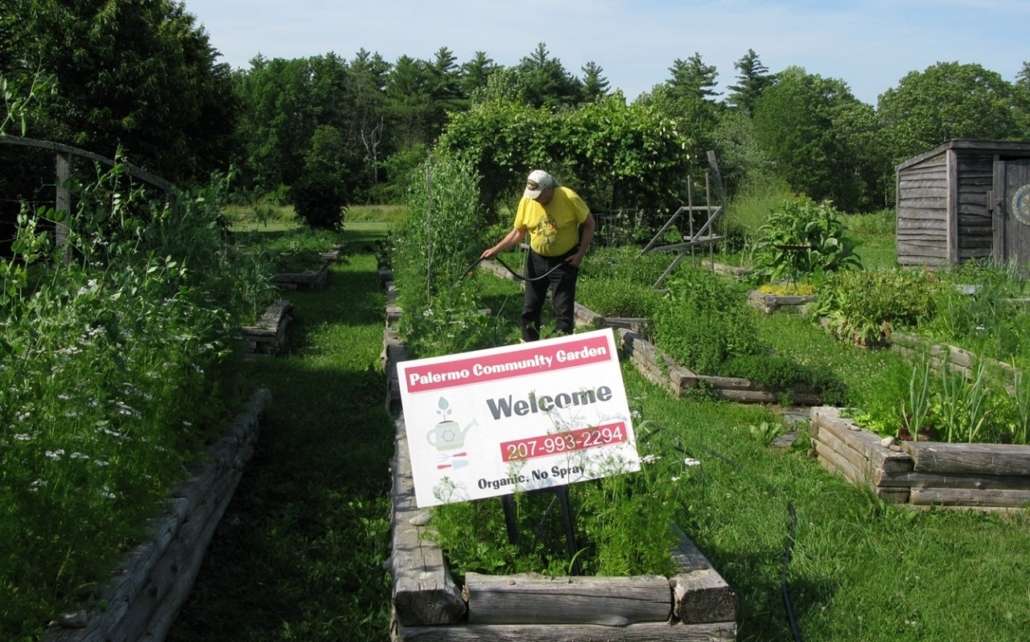




 If you have no family nearby to share the Thanksgiving Holiday, you are welcome to join friends and neighbors at the Palermo Community Center for a potluck dinner, on Thursday, November 27, at 2 p.m. There will be a roasted turkey, mashed potatoes, gravy, and fresh cranberry sauce. To prevent duplications, there is a sign-up list so we can share all our favorite dishes and make sure we have enough pies.
If you have no family nearby to share the Thanksgiving Holiday, you are welcome to join friends and neighbors at the Palermo Community Center for a potluck dinner, on Thursday, November 27, at 2 p.m. There will be a roasted turkey, mashed potatoes, gravy, and fresh cranberry sauce. To prevent duplications, there is a sign-up list so we can share all our favorite dishes and make sure we have enough pies.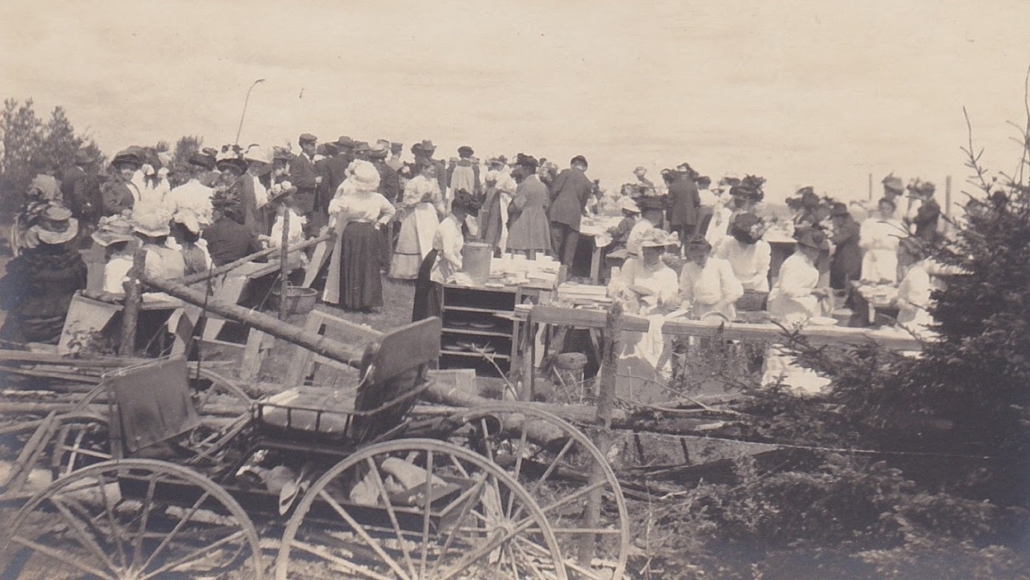
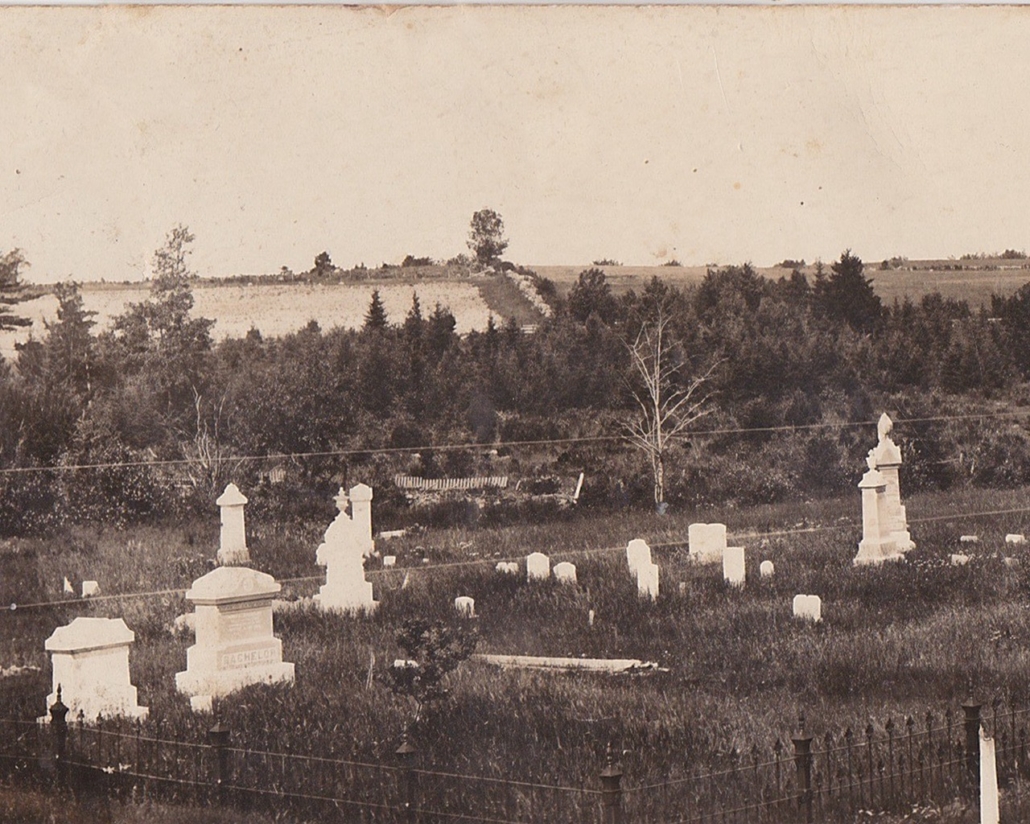
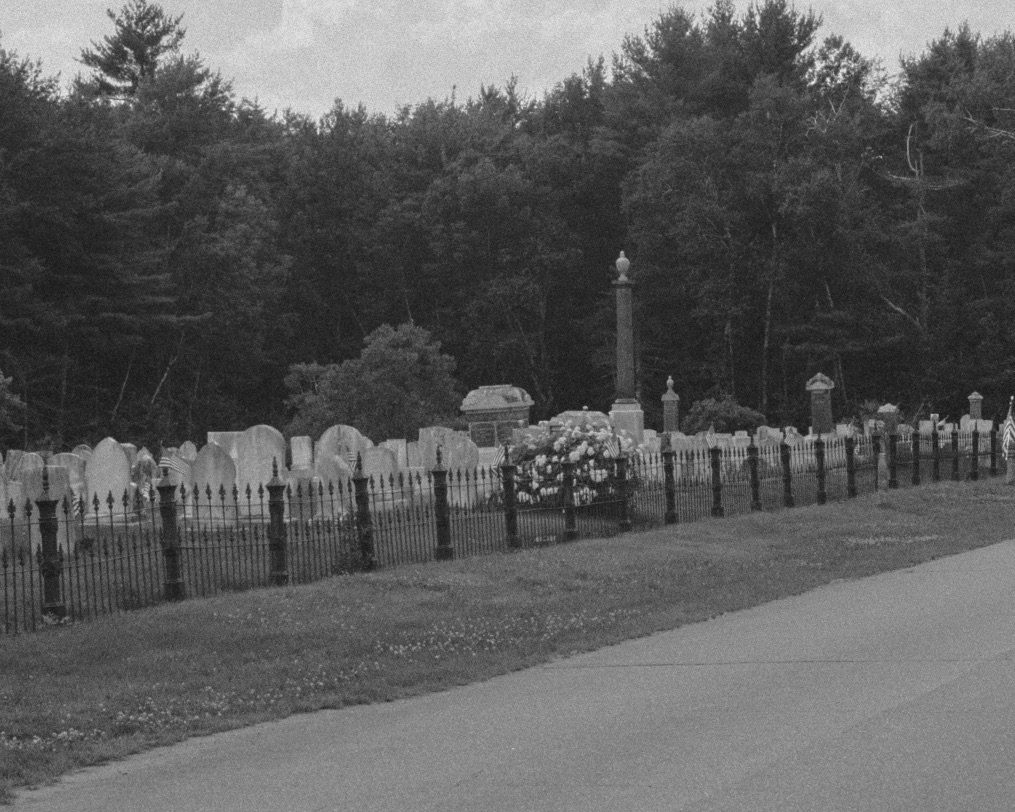
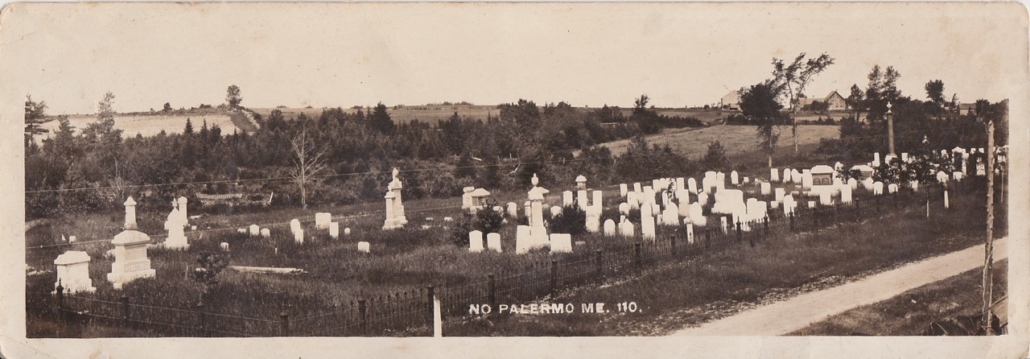

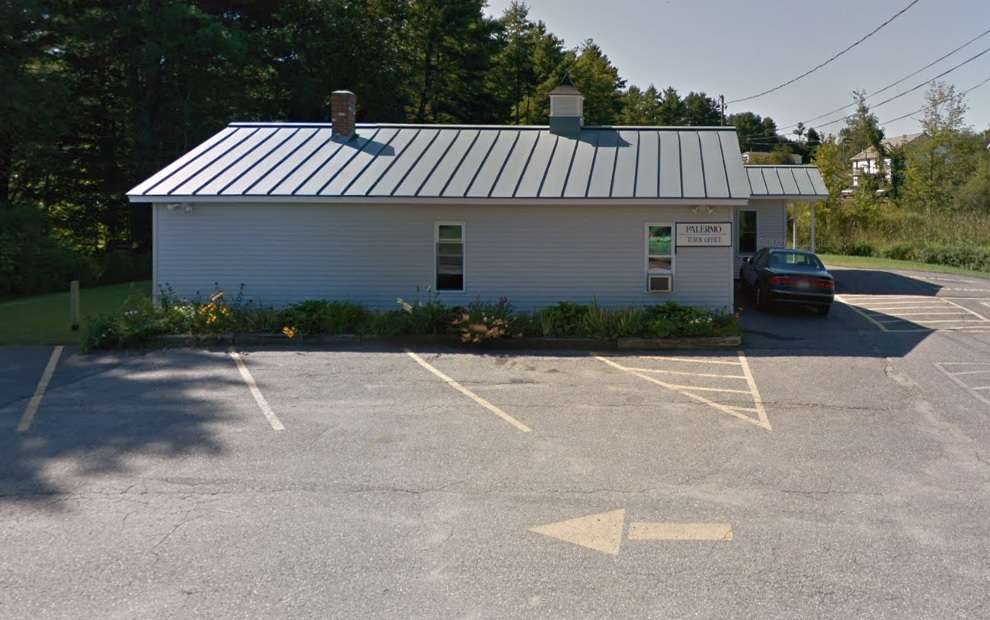 The Conservation Committee will soon be mailing out a survey to Palermo residents to gather input on commercial solar arrays and commercial wind farms. Copies of the survey will also be available at the town office, and accessible online via a link on the Town’s website. Please watch for this survey, fill it out and return it so we can know the opinions of Palermo citizens on these issues. For more information, contact Chairman Gordon Hunt at 207-993-2005.
The Conservation Committee will soon be mailing out a survey to Palermo residents to gather input on commercial solar arrays and commercial wind farms. Copies of the survey will also be available at the town office, and accessible online via a link on the Town’s website. Please watch for this survey, fill it out and return it so we can know the opinions of Palermo citizens on these issues. For more information, contact Chairman Gordon Hunt at 207-993-2005.
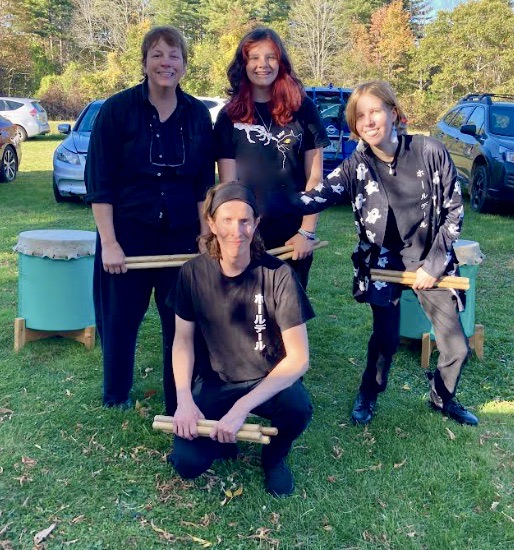
 Submitted by Connie Bellet
Submitted by Connie Bellet